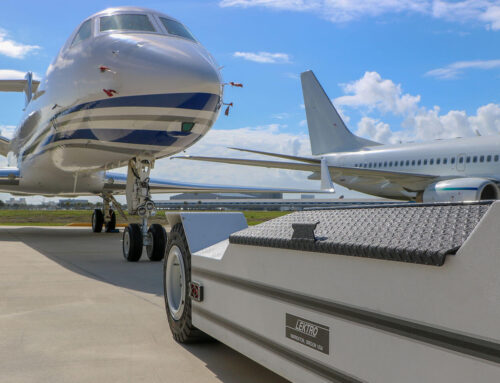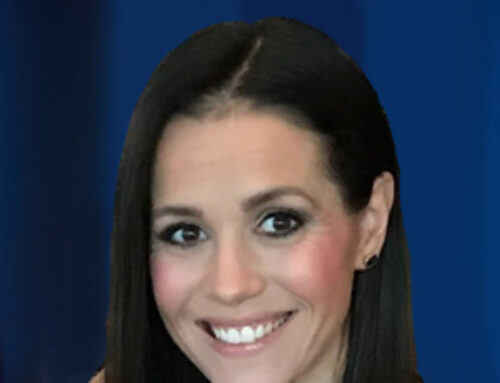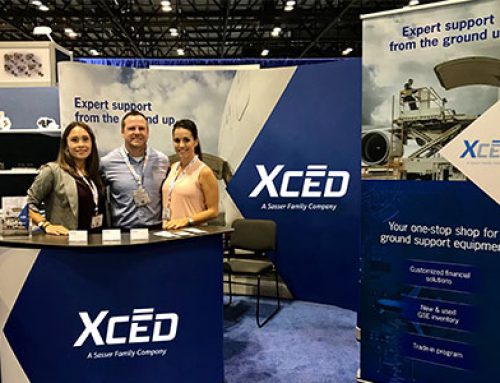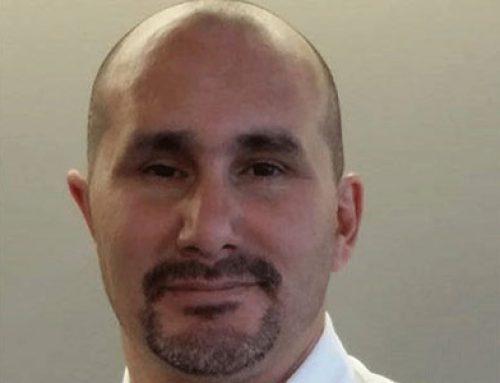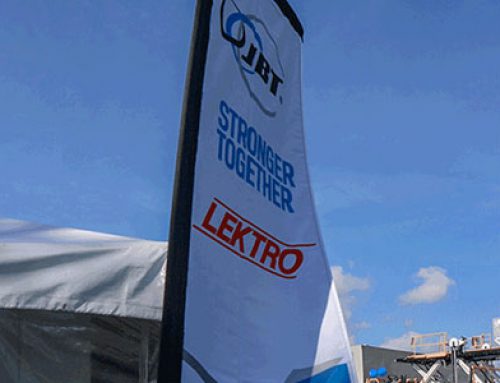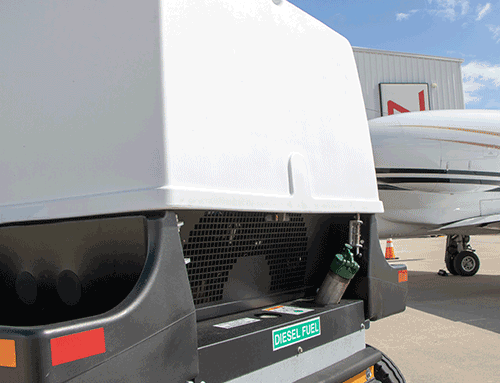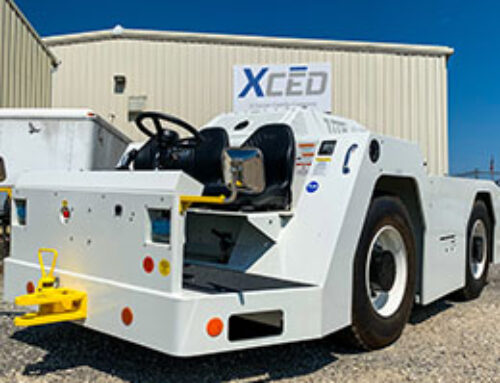Xcēd Aviation Services was featured in Ground Handling International‘s GSE Finance Options section in the June 2014 edition. The article discussed why the idea of launching Xcēd Aviation Services was not done on a whim and how Xcēd brings all the relevant GSE services together under one umbrella. Read the full article below or download the original PDF version.

To Have and To Hold?
GSE acquisition: is there an ideal way to build up your fleet, asks the Editor.
Orignally published June 2014 on magazine.groundhandling.com.
Today’s airports all have GSE in common, that much is sure. But go one step further and look at how that GSE is sourced and you are, as likely as not, going to find more than one solution to GSE provision.
The time-honoured (and traditional, if we are honest) way of supplying the fleet requirement has been through purchase. This still, in the overwhelming number of cases, remains the tried and trusted method. Yet, given the volatility of the aviation sector, the grudgingly short contract terms and the reality that is fleet maintenance, is this still the right path to choose?
Turn your attention to the focus of ramp activity, that of the aircraft, and what do you see? There’s a one in two chance that the fuselage that is central to your turnaround is leased these days. That’s a fact: so why, then, should handlers and airports still hanker after physical assets?
Personally, I can’t answer that question, not being a psychologist. However, I think that it may be something to do with security and comfort zones and the knowledge that one has tangible assets. But it doesn’t have to be like that.
Movement in the US
By his own admission, Bill Long is a man with a goal. A solid financial background gained with Somerset led him into working with Sasser, a US company renowned in the railway business for its work in financing and allied services. The idea of launching Xcēd Aviation Services, with the aim of providing all types of finance packages, was not executed on a whim: Bill spent a long time studying the European market for renting and leasing and spoke to many handlers there to gain a thorough appreciation of exactly what was working – and more importantly, where change could be implemented.
“My idea, since the start of this year, has been that of bringing to the market what I term the “sole investor” model. By that, I mean that with Xcēd Aviation Services I’ll be able to offer a full range of products, which are basically tailor-made for the individual client. My research in Europe, if nothing else, showed me that what worked over there would not necessarily be the formula for the US market – which is why this is essentially a bespoke service.”
Amongst other things, Bill highlights the reality of airport operations in the US, where quite often secrecy over fleet size is maintained and where the FBO as well as the “mom and pop” handling companies do not necessarily require the services of an international leasing specialist.
“What we have here in the US is the need for all sorts of solutions: the guys with little operations still want to have the equipment, say, at the end of 15 years, so they will require a certain sort of solution. Not being publicly-owned, they are not worried about taking their GSE off the balance sheet.”
This contrasts with the bigger operators, who often do want to sideline their equipment fleets and do not want to have their worth appearing on the company books every year. But is the US market ripe for the options to buying outright?
“It’s fair to say that there are pockets of interest,” says Bill guardedly. “Leasing and renting does go on, but often it‘s behind closed doors – it’s not widely known. All my studies point to the need, though; and in fact, we’ve just done a deal with a major carrier for US$10m worth of cargo loaders. We’re also in discussions with two other parties on de-icer packages.
“What’s important from my perspective is to build up the positives and leave out the negatives. We’re bringing all the relevant services together under one umbrella: new or used GSE, differently structured lease packages, five year, ten year or 15 year, we’ll supply what best suits the customer. What we have here is life cycle management: the concept isn’t new in other industries but it is relatively recent in this particular sector. The US aviation model differs in that we have a lot of airports over here, and so you have to take a regional approach. Do that, and you’ll get somewhere.”
Bill has big ambitions: on the horizon, next year in fact, he has a plan to unfold his operation within Europe, with Asia to follow later. Clearly, the concept has something to recommend it.
Heading north
Moving on to TCR, the last 12 months have been mainly focused on both internal and external development projects.
From a business perspective, TCR has developed its activity in Europe through the conclusion of major deals with key handlers, airlines and airports authorities, at numerous stations. TCR’s fleet is now in excess of 16,000 pieces of equipment that are deployed around 70 stations – and the company employs more than 500 people in 30 maintenance workshops.
Of particular interest is the fact that earlier this year TCR consolidated its operations in Norway. In addition to its historical customers, Menzies and Aviator in Oslo, SAS and TCR have now recently successfully concluded a sales and rentback agreement of all the SAS GSE at Oslo airport as well as at another 14 other airports located across Norway.
With this recent agreement, TCR now musters six workshops to ensure the smooth running of its operations in Norway (including two at Oslo airport). TCR Norway offices are located airside at Oslo airport and are under the direction of Jon Elvenes: the company employs more than 30 staff, mainly technicians. Norway represents now 12% of the TCR Group’s activities, thanks to a fleet in excess of 2,700 items of GSE. TCR’s objective is that of pursuing its expansion in other Scandinavian countries and it estimates that the Scandinavian region will continue to grow. This, in turn, will generate a need for greater flexibility in order to quickly respond to a changing demand.
Increased flexibility, linked to a continuous cost optimisation objective (a general trend in Europe), puts a lot of pressure on the maintenance of GSE. There are, in fact, fewer units of GSE for the same availability ratio expectation. Moreover, maintenance performance needs to be at its best in order to be able to answer today’s tough economic and operational requirements. These are some of the advantages the TCR rental model can offer and, to that end, TCR has developed some key tools, most of them designed to provide the operators with equipment management tools that provide just in time information on equipment availability, state, costs and safety.
Besides this, TCR’s objective is not only to allow its customers to concentrate on their core business but also to help them anticipate future obligations, such as environmental ones. As the air transportation sector is increasingly concerned with the reduction of pollution levels, so all the actors in the sector are facing stricter requirements in their environmental policies and are consequently addressing numerous requests to TCR to provide them with specific data about the environmental performance of the different equipment models, from the cradle to the grave.
For this reason TCR decided to build a tool for the measurement of this footprint, something that also fi ts very well into the TCR CSR programme in which green strategy plays a central role. Thus a dynamic tool was developed, which analyses the greenhouse gas emissions of GSE during their various life cycle stages. By finding out which GSE emits the most greenhouse gases and which life stage has the biggest footprint, informed decisions can then be taken with regards to GSE. TCR hopes to contribute on this matter to the ground handling sector, since the tool is defi nitely one of a kind. (Readers wishing to know more will be able to read fuller details in the August issue of the magazine).
The safety, reliability, quality debate has also been top of the TCR agenda. Recently TCR developed an integrated database called ACAPA (Anomalies Corrective and Preventive Actions), a tool that systematically records any anomalies about GSE operations. This database has become a major tool for continuous improvement programmes.
Finally, TCR has restructured its remarketing department with the aim of furnishing a worldwide offer with regard to secondhand equipment and fi nancial or operating dry lease of secondhand equipment in regions where TCR is not permanently present.
Further to the consolidation trend in the industry, TCR customers are more and more looking for global one-stop-shop GSE full service solutions that are able to assist them on a large scale. This calls, of course, for a permanent dialogue and very close partnering with most of the big players of the industry, a matter in which TCR is well informed.
The above article was originally published in June 2014 on magazine.groundhandling.com.

